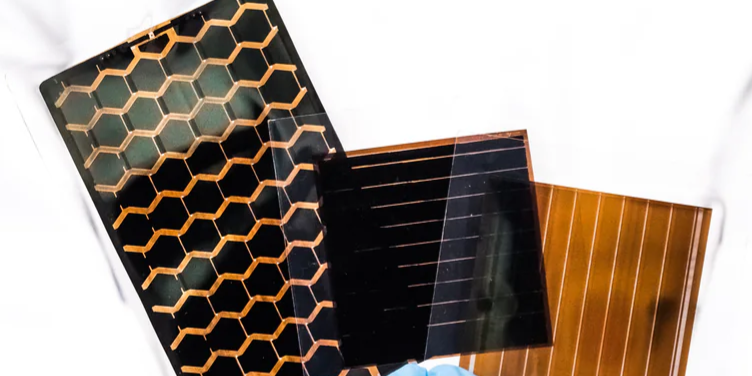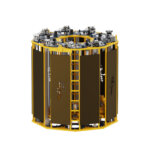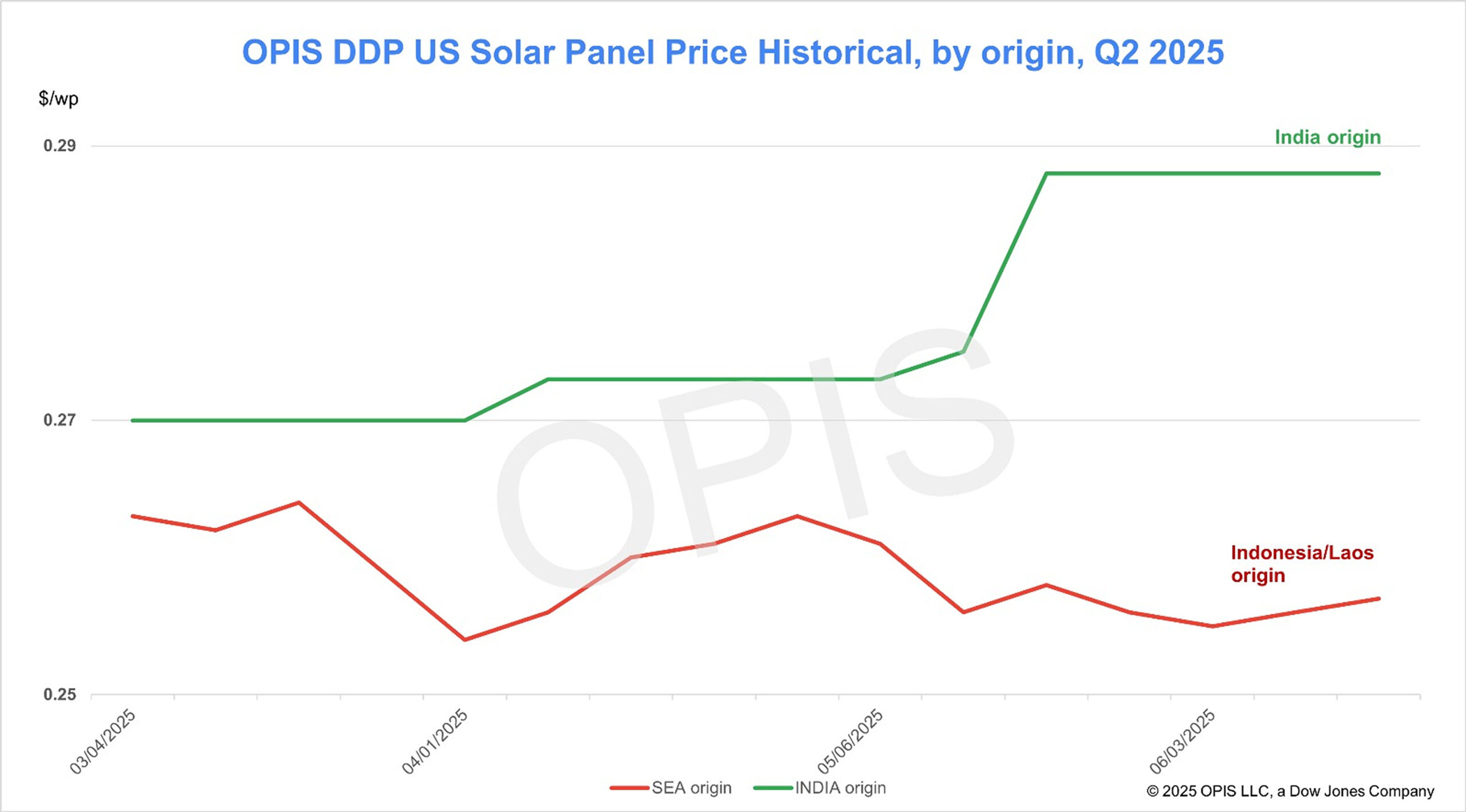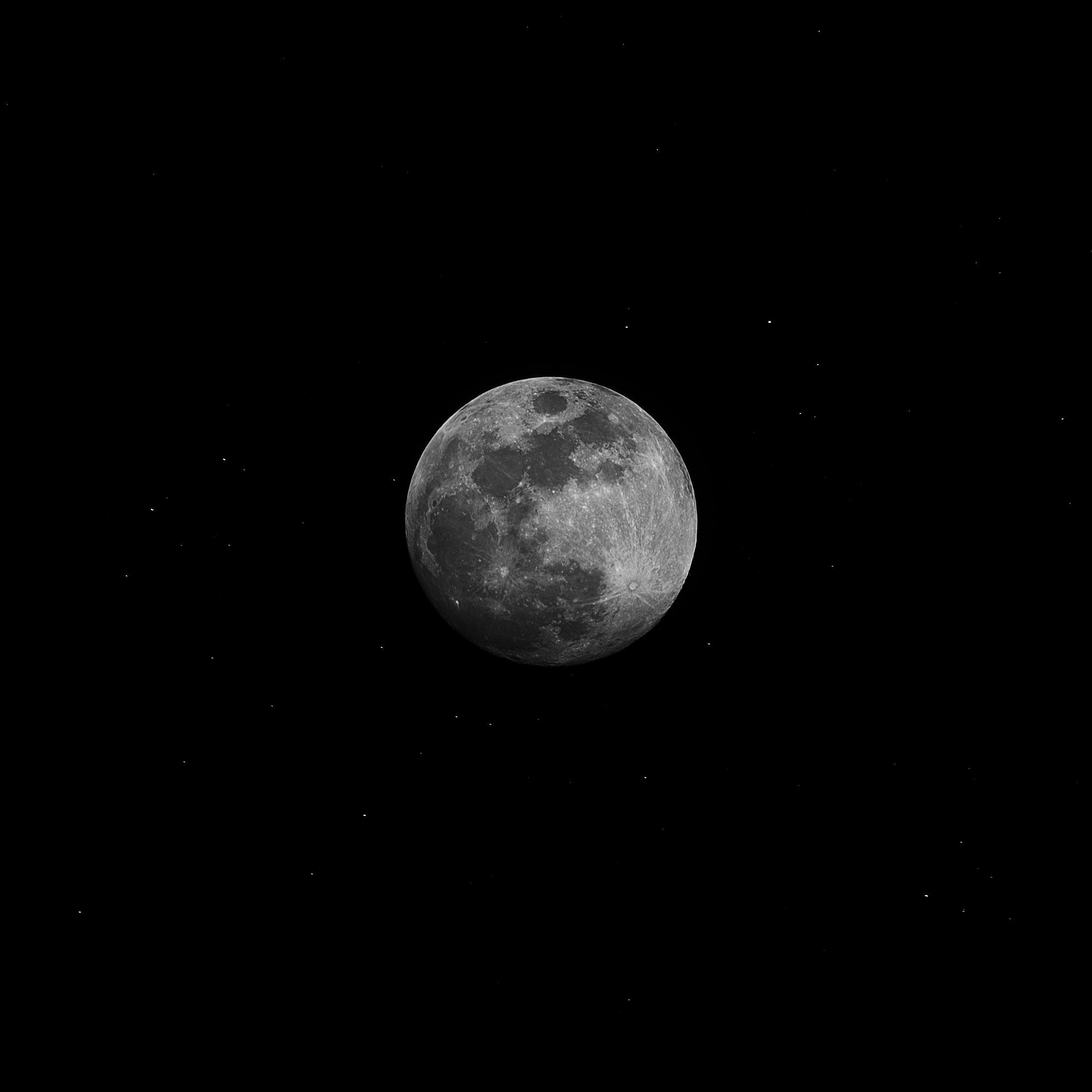Solaveni, a German fine chemical manufacturer, is commercializing protic ionic liquid materials that reportedly enable more stable, water-based halide perovskite inks suitable for use in scalable thin film manufacturing processes.
Solaveni, a German fine chemical manufacturer and spinoff of Polish perovskite PV module manufacturer
Saule Technologies, is commercializing a protic ionic liquids technology that purportedly enables stable, water-based halide perovskite inks suitable for scalable thin film manufacturing processes.
The team made inverted MAPbI3 solar cells via a one-step slot-die coating process under ambient conditions. Furthermore, the work was done without the use of hazardous solvents like dimethyl sulfoxide (DMSO) and dimethyl formamide (DMF). The new ink formulations were also shown to have extended shelf stability, a key attribute for scalable manufacturing.
The combination is unique to date, according to the scientists, who stated their work “represents the first report of a water-based green ink formulation for one-step thin film coating at room-temperature conditions by slot-die coating.” They stressed the reduced toxicity, lower environmental impact compared to DMF-based inks, and the one-step thin film coating process at room-temperature conditions using scalable slot-die coating.
“The result of the collaboration was the water-based ink system, and we have contributed the protic ionic liquid necessary to prepare the ink system. In the near future we are planning to launch the sales of Protic ionic liquids,” Senol Oez, Solaveni CEO, told pv magazine.
For the research, the Solaveni team prepared a series of protic ionic liquids based on methylammonium (MA, CH3NH3+) and carboxylic acids to obtain methylammonium formate (MAF), methylammonium acetate (MAA), and methylammonium propionate (MAP). These were investigated with co-solvents in solution processing of perovskites.
Protic ionic liquids are salts in liquid form at room temperature, below 100 C to be precise. “They are formed by proton transfer from a Brønsted acid to a base,” explained Oez. They make it possible to dissolve perovskite precursors in non-toxic solvents like water and alcohol.
“They offer tunable polarity, low volatility, and are ideal for green chemistry and printable electronics,” said Oez.
In the HZB study, the
inverted perovskite solar cell stack was as follows: glass, indium tin oxide (ITO), 2PACz hole transport layer, MAPbI₃ perovskite absorber, buckminsterfullerene (C60), a bathocuproine (BCP) buffer layer, and a copper (Cu) metal contact.
Solaveni also offers green chemistry perovskite precursors and functional oxides, which it supplies to research institutions, pilot-line developers, and companies scaling up next-generation photovoltaics and internet-of-things (IoT) energy solutions.
Solar cell fabrication is the most common application of its materials. “However, we also see growing interest in applications like perovskite LEDs and photodetectors,” said Oez. The “strongest demand” is from Europe and East Asia, particularly from research groups and industrial developers focused on tandem, single junction perovskite PV, as well as on lighting applications.
The startup is continuing to collaborate with Germany’s HZB and Humboldt University as part of the
SolarTap research program. It plans to investigate metal oxide suspensions like
tin(IV) oxide (SnO2) and nickel oxide (NiOx) for low-cost, low-temperature, solution-based processes of hybrid electronics and photovoltaics.
Solaveni GmbH was founded in July 2021 as a spinoff of parent company Saule Technologies to focus on sustainable and scalable materials for perovskite optoelectronics



























































